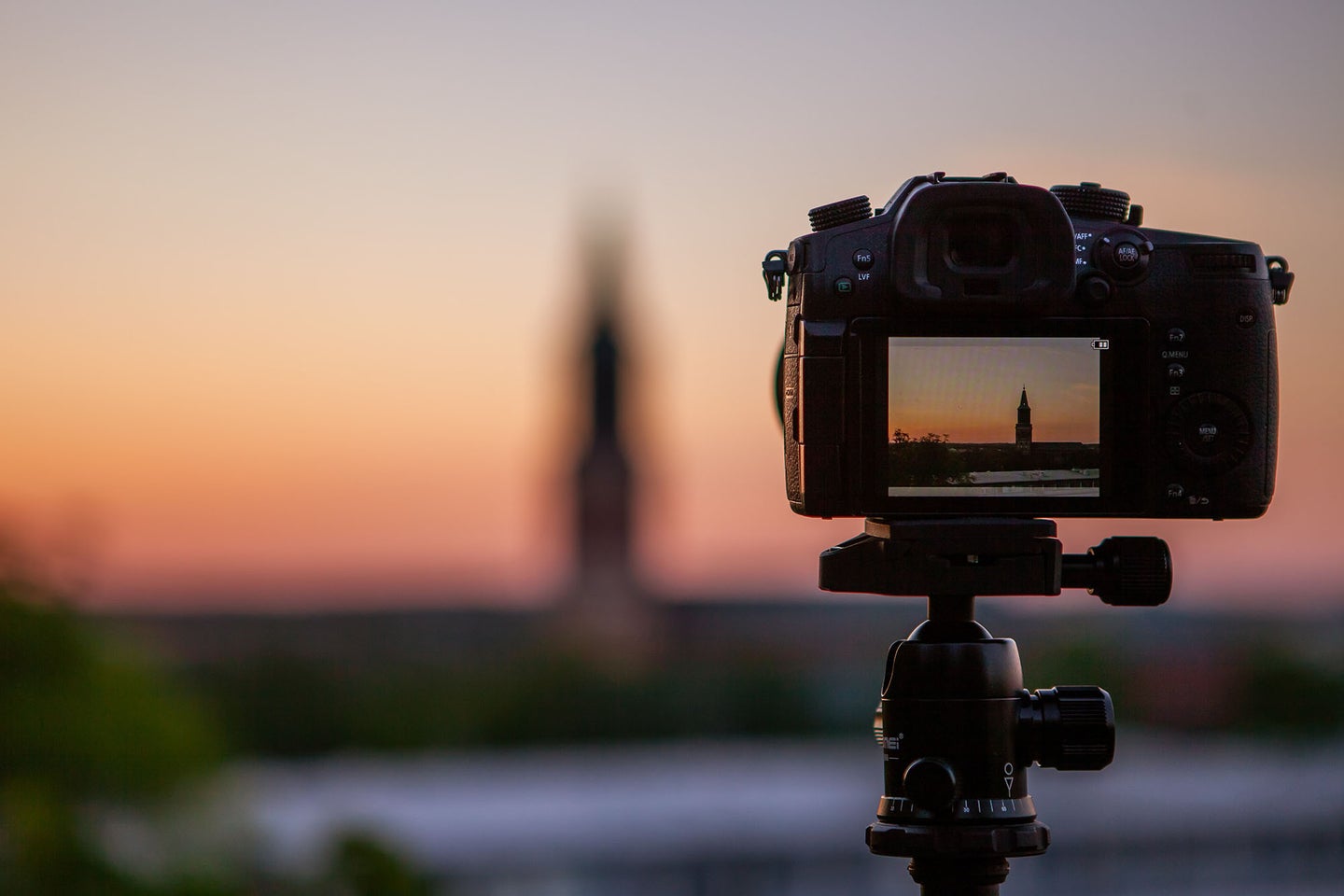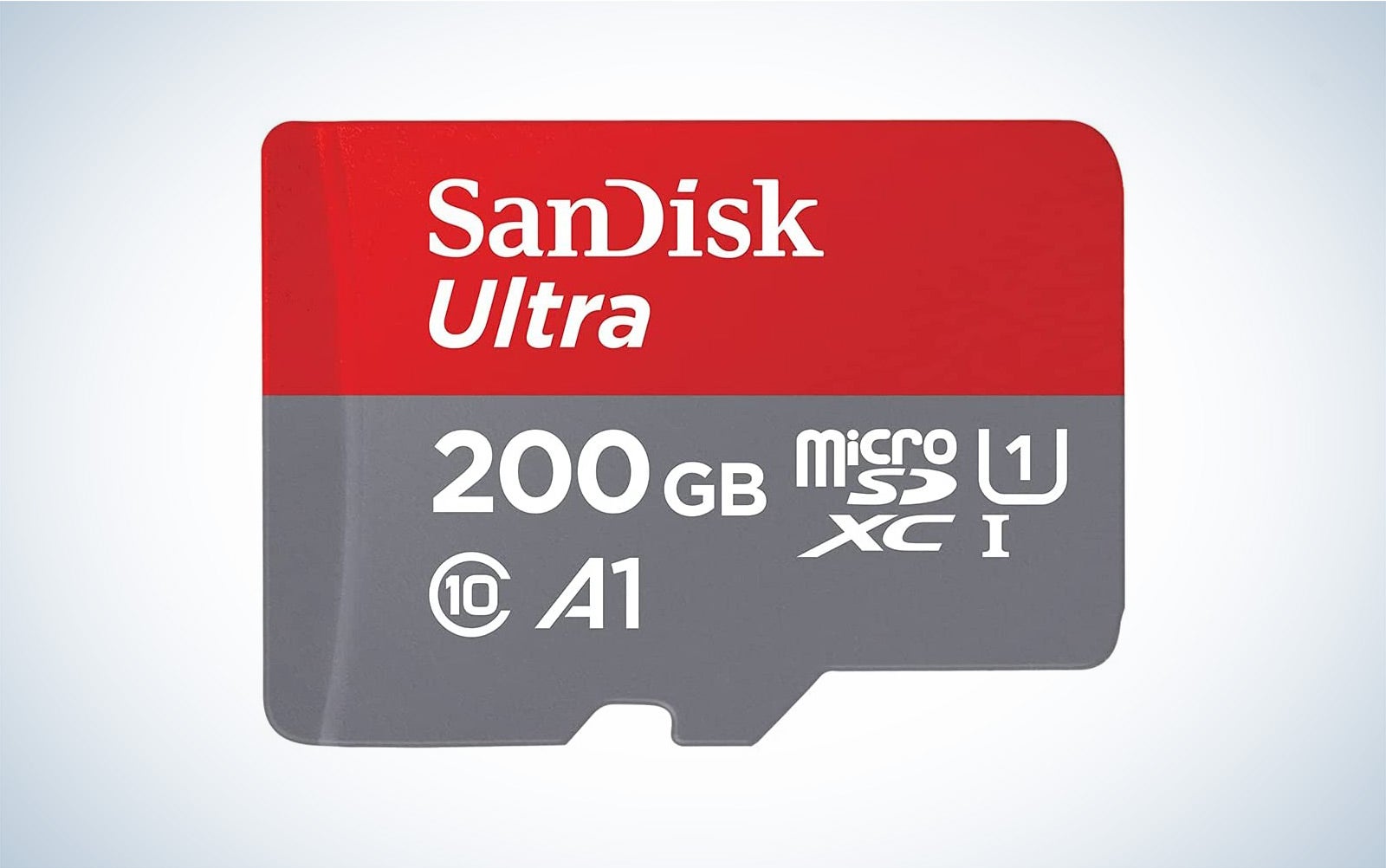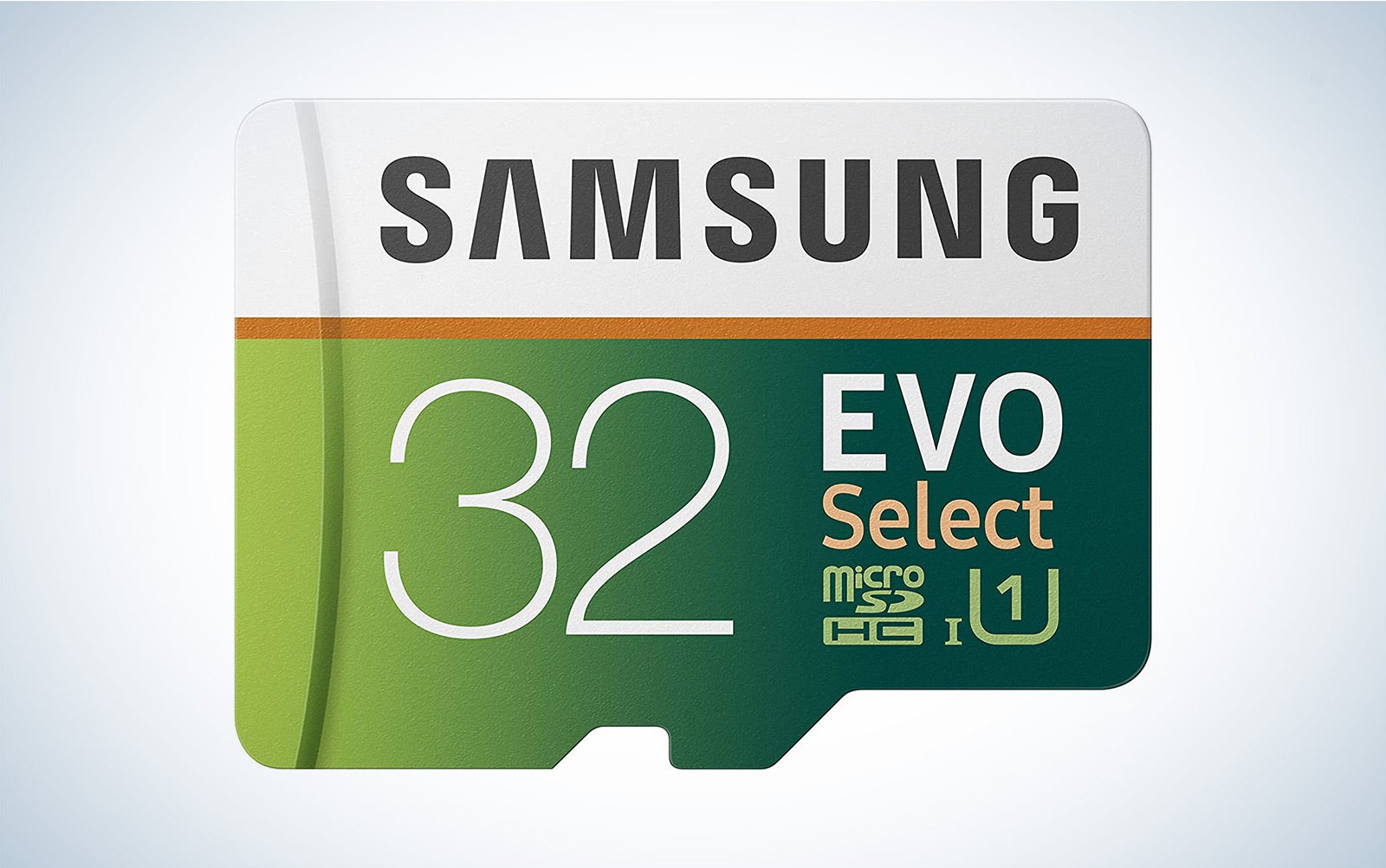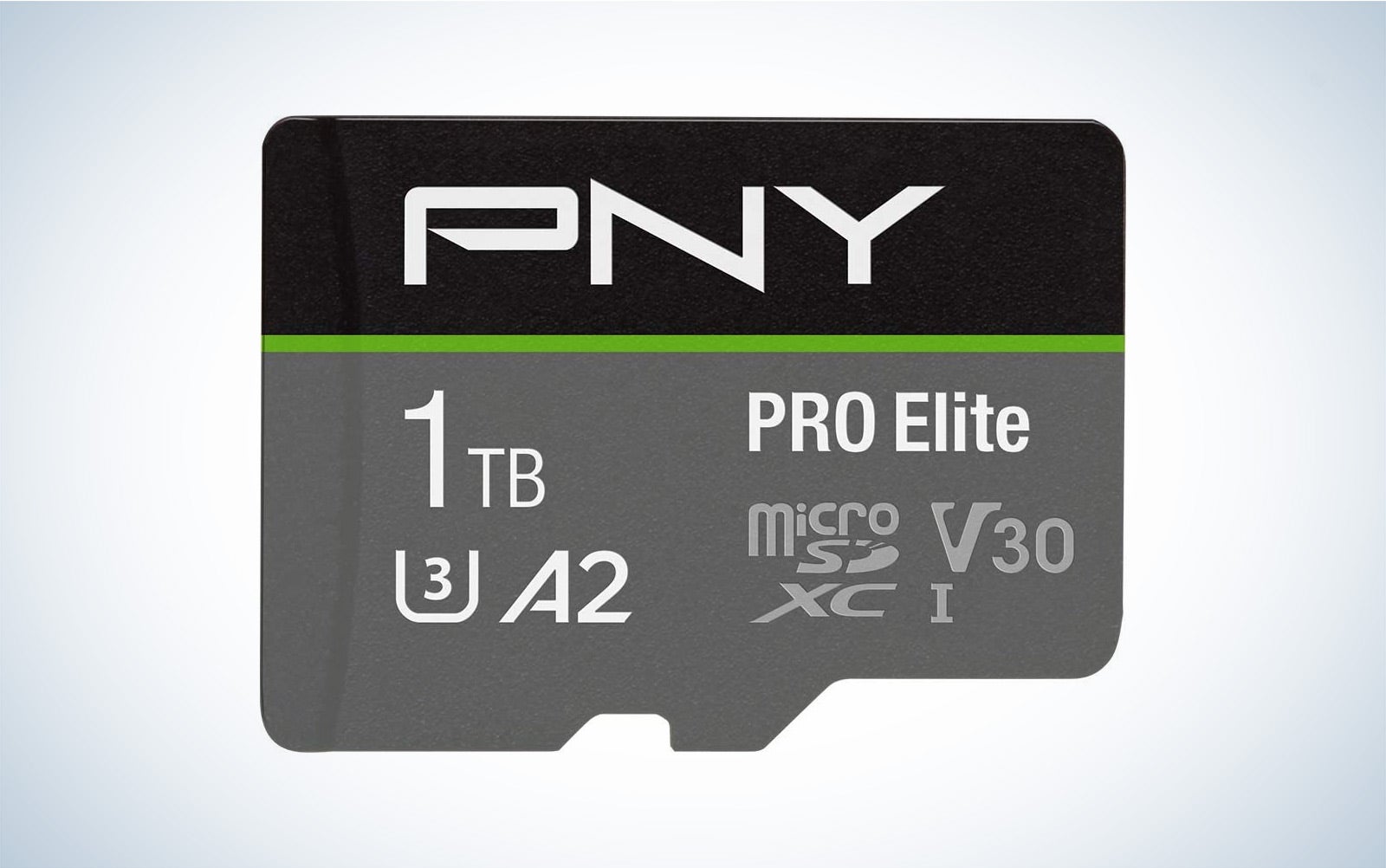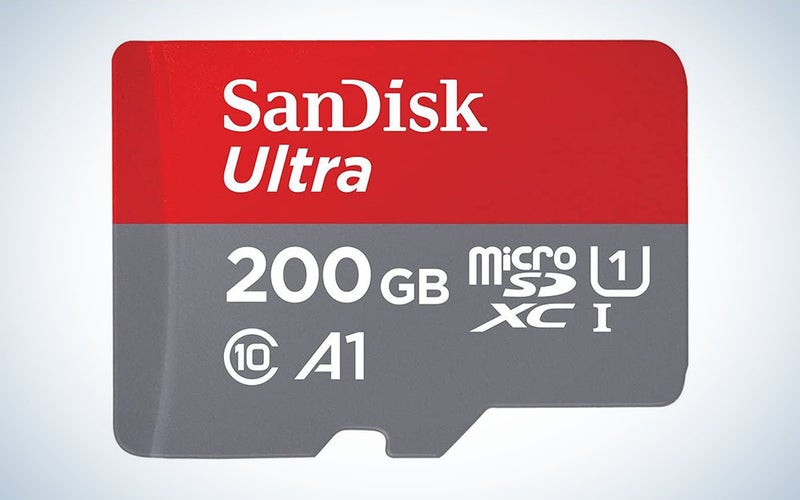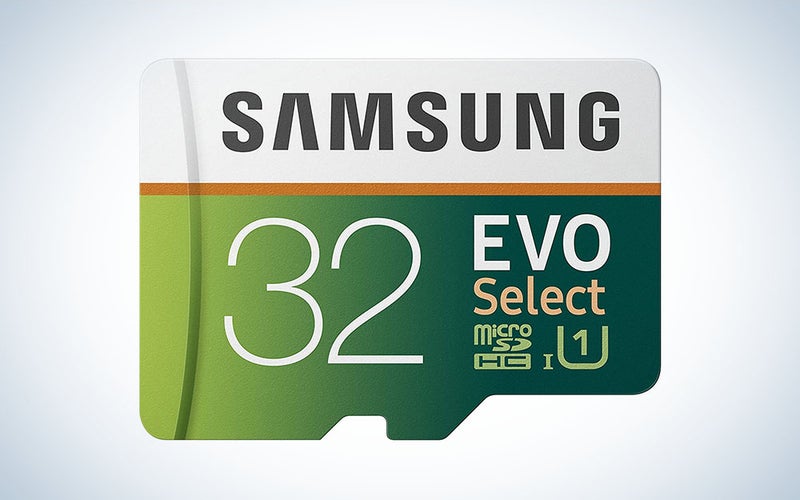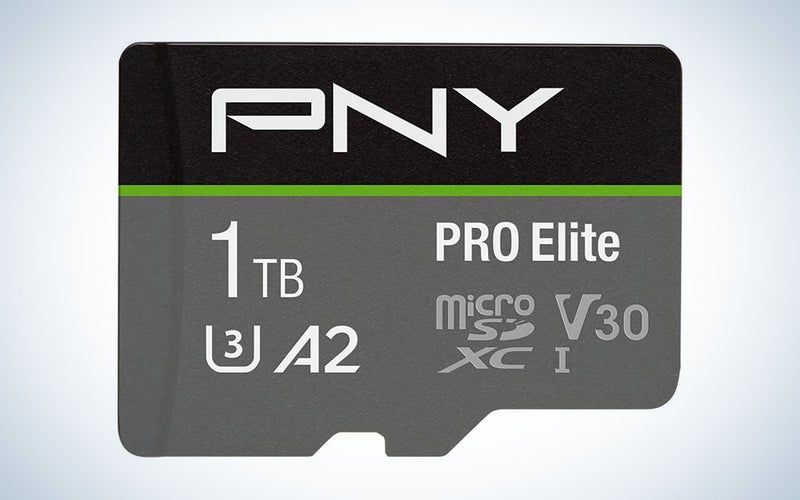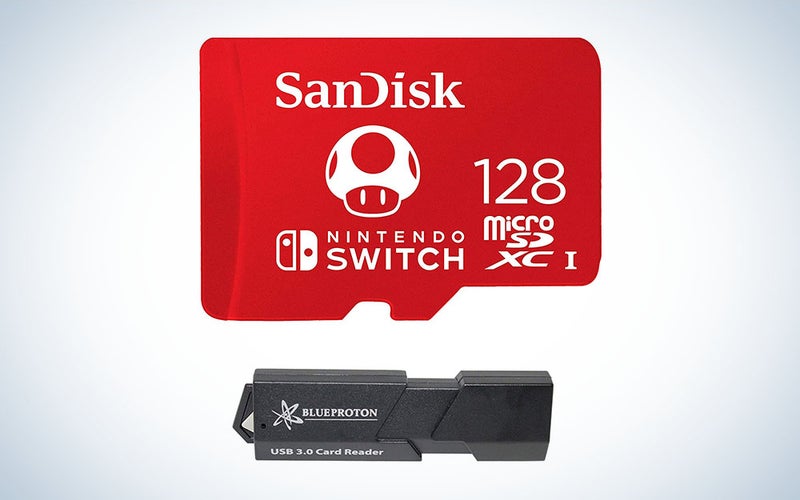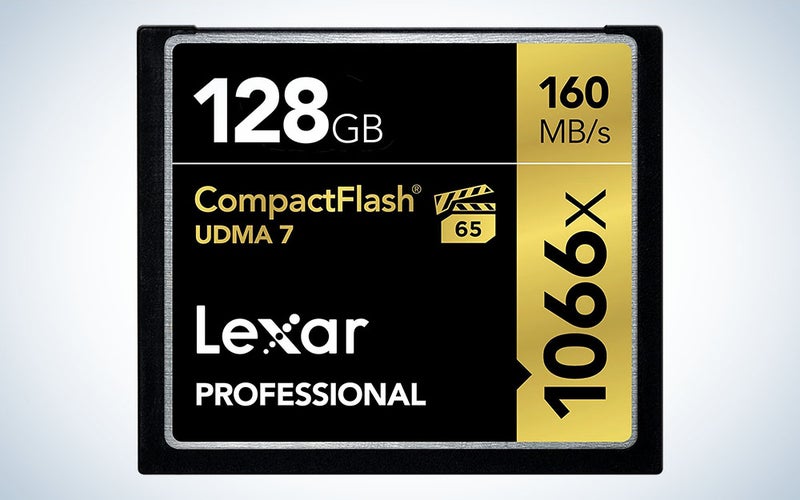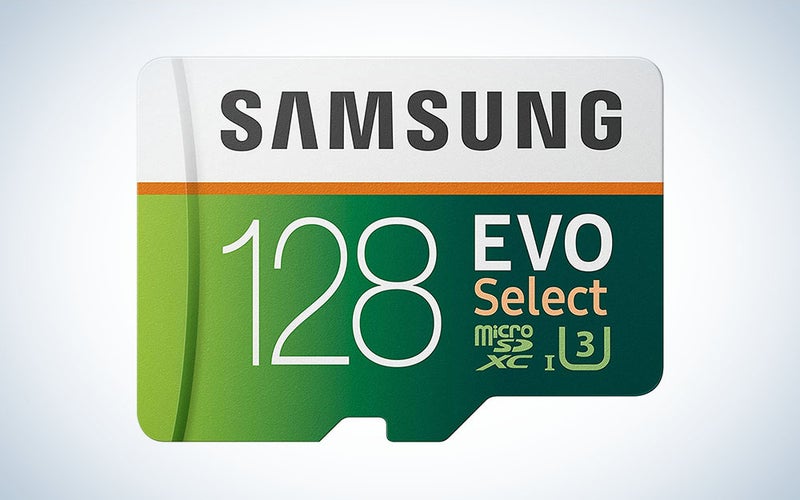We may earn revenue from the products available on this page and participate in affiliate programs. Learn more ›
With smart technology-enabled cameras getting smaller, more powerful, and more affordable, even the most casual weekend photographers can fly a camera in the sky to survey the landscape, or film their latest mountain bike trail with powerful 360 action cameras. Smaller devices allow people to easily carry cameras with them at all times and capture the world in new ways. These high definition videos captured by smartphone, drone, or action cameras need solutions to store their incredible images. SD cards, or secure digital cards, are used to store and transfer data. The micro SD card performs the same function but accomplishes the task in a physically smaller form (a micro SD card is incredibly only the size of your fingertip). The range of storage capabilities and speed that micro SD cards deliver is surprisingly impressive as well. Understanding the difference between SD cards, and the memory and speed necessary will help you select the best micro SD card for your storage needs.
- Best SDXC card: SanDisk 200GB Ultra microSDXC
- Best SDHC card: SAMSUNG EVO Select Micro SD Memory Card
- Best class ten: PNY 1TB PRO Elite
- Best SanDisk: SanDisk 128GB MicroSDXC
- Best compact flash: Lexar Professional CompactFlash card
- Best budget: SAMSUNG: EVO Select 128GB MicroSDXC
The best MicroSD cards: Reviews & Recommendations
Best SDXC card: SanDisk 200GB Ultra microSDXC
Amazon
This is a great moderately priced choice for storing and transferring up to 200 GB of HD video imaging. It’s an ideal choice for MIL cameras as well as tablets and smartphones. Up to 100MB/s transfer speed allows for quick transfer of files to your computer.
Best SDHC card: SAMSUNG EVO Select Micro SD Memory Card
Amazon
This well priced micro SDHC card comes with a full-size SD card adapter. The Class 10 speed and read-write speeds up to 95MB/s make this a great choice for use with 4K and HD videos and HD photography. While it’s ideal for basic use, this might not be your best option for longer duration videos.
Best class 10: PNY 1TB PRO Elite
Amazon
This micro SDXC card is designed to process and capture 4K video, and can be used in cameras, drones, and smartphones, as well as computers. Built tough, the card can withstand magnets, water, and extreme temperature changes. A good choice for reliable transfer and recordings of your 4K videos.
Best SanDisk: SanDisk 128GB MicroSDXC
Amazon
While advertised for use with Nintendo Switch systems, this micro SD card is well-reviewed for speed and reliability and can be used in any device that is compatible with micro SDXC cards. The device includes a BlueProton USB 3.0 Micro SDXC/SDXC card reader for easy transfer of games, photos, or videos.
Best compact: Lexar Professional CompactFlash card
Amazon
This durable, reliable compact flash card offers 128 GB of storage capacity and a UDMA rating of 7, which are fast and a good choice for your photography and video capturing. Compatible with DSLR cameras, HD camcorders, and 3D cameras, this memory card can capture HD images as well as 4K video. An image rescue software is included to install on your computer or laptop in case files have been erased.
Best budget: SAMSUNG: EVO Select 128GB MicroSDXC
Amazon
This cheap micro SDXC card offers 128 GB of storage, and a class 10 speed with a minimum sustained write speed of 30 MB per second. This all adds up to a card made for recording your 4K or HD videos without any visible lagging or buffering. Waterproof, X-ray proof, and temperature-proof design will help elongate the life of this card.
Things to consider when shopping for the best micro SD cards
In order to choose the best micro SD card for your photography, you need to understand the appropriate size and speeds required for the camera and the task, as well as familiarize yourself with the different options available to you. We’ve selected some of the best micro SD cards currently on the market for your consideration.
If you want to store large files and photos, consider a micro SDXC card
When you’ll be taking a lot of photos and shooting HD video, or you anticipate needing a lot of storage on your micro SD card-capable devices, you may want to look for a micro SDXC card. The best micro SDXC cards were designed specifically to handle the storage demands of high-definition 4K recording, which inherently require a large storage capacity to take on the file sizes created by such a high resolution. SDXC stands for “extended capacity” secure digital and can store up to 2 terabytes (2000 GB).
It’s important to check the compatibility of your device with micro SDXC cards. For example, the Nintendo Switch is able to use newer micro SDXC cards as well as older SD or SDHC cards. Within the micro SDXC card market, you have a range of storage—from 32GB to 2TB. The best micro SDXC card will allow for plenty of storage for your HD photos and video and will come with an SD adapter to allow for easy transfer to your computer. A 200 GB micro SDXC card should be able to hold over half an hour of 4K video, and about two hours of HD video.
For HD video & better performance, consider a micro SDHC card
Micro SDHC cards offer a storage capacity up to 32 gigabytes. Unlike a micro SD card, which simply refers to small (physical size) secure digital, the micro SDHC stands for small (physical size) high capacity secure digital. The best micro SDHC cards offer extra storage, which is really handy when storing HD video and photos. Often you will find these micro SDHC cards used in tablets, smartphones, drones, and action cameras.
Be sure to check your device’s compatibility with this SDHC format. The best micro SDHC cards will offer a class 10 speed, making it ideal for 4K videos. This is a middle-of-the-range storage device, as it does not hold as much data as the SDXC cards, but more than a micro SD card. The micro SDHC card is fully capable of handling high definition, and the midrange level of data storage also means that these are generally very affordable. To help determine if this card is a good fit for your uses, know that a 32 GB micro SDHC card will be able to hold approximately 8 minutes of 4K video, or 26 minutes of HD video. If shorter videos and photos are your main use, this is a good, affordable micro SD card option.
Consider SD card classes before buying
Another important factor to consider is SD card classes. The best micro SD cards will provide a consistent and reliable fast write speed which will help your device to perform at its best. The SD Association has developed a system of speed classes that detail the minimum sequential write speed. Speed classes help determine the speed you need for various devices including standard video, HD video, 4K video, as well as 8K video. Always be sure to check with your camera to see what card classes are compatible.
SD card classes are represented by symbols that show the write speed rate per second. For example, the C10 symbol references the Class 10, which means the minimum sustained write speed is 10MB per second. This speed will allow for use with 4K video, HD video, as well as standard video. Similarly, the U1 or U3 speed class symbols show minimum write speeds. For example, a U1 means that the card will never write slower than 10MB per second. Most recently, the SD Association has also included a Video Speed Class represented on your card as V6, V10, V30, V60, and V90. This speed rating system helps you select the right speed for your video recordings. The fastest cards in this system will work for 8K video.
You can’t go wrong with a reliable flash memory brand
When deciding on which micro SD card to purchase, another important factor to consider is the brand or manufacturer. The best micro SD cards are produced by a reliable brand that has years of experience in this space. In fact, the company that first invented the micro SD format was SanDisk. The SD Association accepted and named this format in 200, and a year later, SanDisk offered the micro SD card to the public.
In the years following, many additional companies have started producing reliable micro SD cards. As the technology cards’ speed and storage capacity has increased, the prices for the older cards have decreased. Additional brands with good reputations to consider are Samsung, Lexar, Kingston, and PNY.
There’s a great solution for cameras that don’t support a micro SD card
If your camera doesn’t support a micro SD card, another great option for compact storage is a CF card, also known as a Compact Flash card. The best compact flash memory card will be durable, have a fast write speed, and hold a large capacity of files. Professional cameras will be compatible with either SD or CF memory cards—although some cameras offer multiple types of memory card slots, so it’s important to review your manual to ensure you are selecting the compatible card for your device.
One major difference between SD, micro SD, and Compact Flash is size. The CF card will be the largest of these memory cards. However, many professional cameras also can be larger in size, so these cards wouldn’t seem out of place in terms of scale. CF cards have been on the market longer than SD and micro SD cards and they are known for their durability. Similar to micro SD cards, CF cards are available in different speeds and storage capacities. Selecting the correct size and speed depends upon the type of image and video you will be shooting.
Best micro SD card on a budget: What you can get for under $20
Luckily, in the years since micro SD cards have been on the market, the price has come down to more reasonable levels across the board. For most general uses you can get a reliable, fast micro SD card with enough memory to handle your imaging on a budget. The higher cost micro SD cards are geared more towards professional level 4K video, and those who need the space for many hours of footage. The best micro SD card for less will have a class 10 speed, and plenty of room to store your files.
FAQs
Q: Are micro SD cards good for DSLR?
Although a micro SD card can be used for your DSLR (as long as your micro SD card is fast enough and you use it with an adapter) we do not recommend it. The addition of an adapter is good for a quick fix, but has the potential to cause camera lagging and possible data loss due to longer processing times.
Q: How long do micro SD cards last?
Micro SD cards are built to last, and should for more than 10 years. They are designed to allow for approximately 10,000 writes and erase cycles—which depending on use could potentially be many years beyond 10. A micro SD card will last much longer if it is used to transfer to hard drives and not for direct editing.
Q: Do SD cards affect video quality?
SD cards can affect video quality, especially as they are used with high-performance cameras that shoot HD video. The speed and size of your SD card can alter video quality because it affects the rate that the data is written. If the SD card isn’t fast enough to keep up with the camera, frames can be skipped. High-speed cards will ensure your video footage looks smooth and seamless.
A final word on shopping for the best micro SD cards
- Best SDXC card: SanDisk 200GB Ultra microSDXC
- Best SDHC card: SAMSUNG EVO Select Micro SD Memory Card
- Best class ten: PNY 1TB PRO Elite
- Best SanDisk: SanDisk 128GB MicroSDXC
- Best compact flash: Lexar Professional CompactFlash card
- Best budget: SAMSUNG: EVO Select 128GB MicroSDXC
Micro SD cards have evolved to offer very powerful speed and storage for your smaller camera, drone, or smart device. The best micro SD cards will be durable, offer high-capacity storage, and fast write speeds for seamless capture and transfer of your high-definition imaging.
Why trust us
PopPhoto has a long history of delivering the opinions of some of the sharpest and most prolific camera dorks the world has to offer. Since 1937, we’ve been reviewing cameras, providing wisdom from well-known photographers, and generally just nerding out about all that goes into making great pictures. Our current crop of writers and editors have decades of professional photography and camera writing experience among them. Collectively, we’ve probably shot with just about every camera and lens combo you can imagine—as well as some obscure stuff you may not even know about. Remember the Casio Tryx folding camera? PopPhoto does.
We also get that buying a camera is a big decision, which is why we’re dedicated to helping folks choose the right one (or, in our case “ones”) for their needs. Case in point: Handing over top dollar for an expensive rig may leave you unsatisfied if it doesn’t fit your preferred shooting style. Sure, a $6,000 sports-oriented DSLR can capture landscapes, but do you really need to do it at 30 frames-per-second? No, you don’t.
